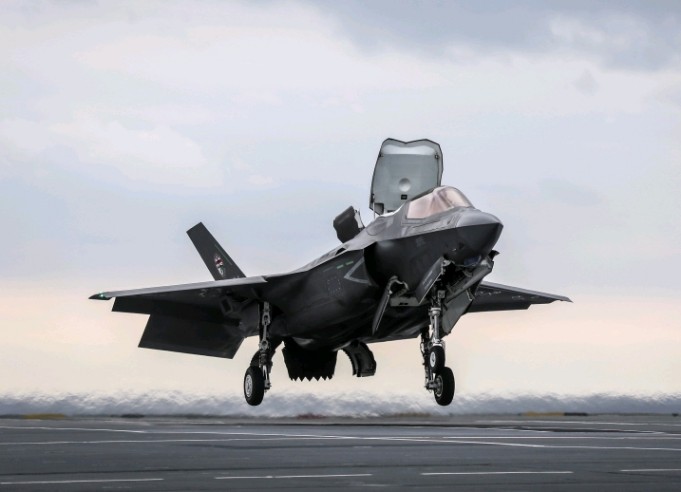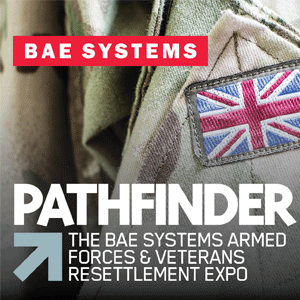
A revolutionary method of landing an F-35 Lightning fighter jet on a ship has been carried out for the first time on board the UK’s newest aircraft carrier HMS Queen Elizabeth…
British test pilot Peter Wilson made history when he conducted the first ever shipborne rolling vertical landing (SRVL) this weekend – a method which looks like a conventional aircraft landing but requires even more intense skill and precision.
Previously the jets have conducted only vertical landings, hovering by the side of the ship before moving sideways over the deck and gently lowering down. A rolling landing however requires the jet to make a more conventional landing approach, approaching the ship from behind at speed, before using thrust from its nozzle and lift created by air over the wings to touch down and gently come to a stop.
The UK is the only nation currently planning to use the manoeuver, which will allow jets to land on board the carrier with heavier loads, meaning they won’t need to jettison expensive fuel and weapons before landing.
Peter Wilson, a British test pilot from BAE Systems, said: “I’m excited and thrilled to have achieved this. I’ve worked on this for the past 17 years and it’s fantastic to know that it’s matched the modelling and simulation we have done over the years. I’ve flown more than 2,000 SRVLs in the simulator, and am honoured to have been able to do the first one on board HMS Queen Elizabeth.”
As important as the pilot in the cockpit was the Royal Navy’s Lieutenant Christopher Mould, the ship’s Landing Safety Officer. Taking his place in the ship’s packed, but eerily silent, flying control centre he had the final say over whether the jet could land in this way. With seconds to go before the touchdown, his call allowed the historic landing to take place.
“It was a pretty intense experience,” said Lt Mould. “It’s the first time we’ve ever done it. As the independent checker, I have to make sure that what we are seeing in the flying control centre is also what the pilot is seeing and call it as I see it.”

